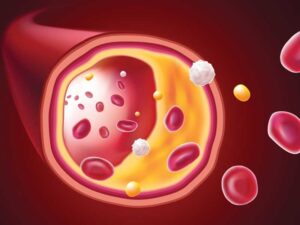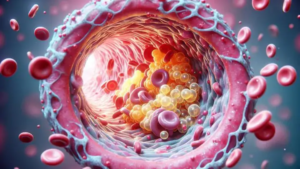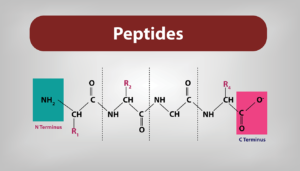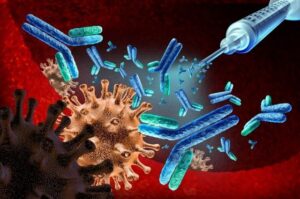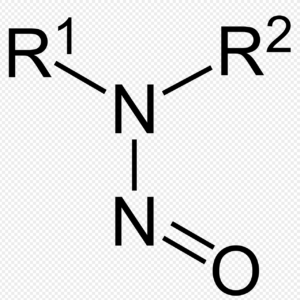
Cancer care: the potential of alternative complementary therapies
As the exploration of cancer care methods continues, more patients and healthcare providers are seeking options beyond traditional treatments. Alternative therapies, such as natural therapies and Gerson therapy, have attracted significant attention because they can, in some cases, serve as complementary approaches that enhance the effectiveness of cancer care, reduce side effects, and improve patients’ quality of life. This article will explore the basic concepts, mechanisms, and potential roles of natural therapies and Gerson therapy in cancer care.

